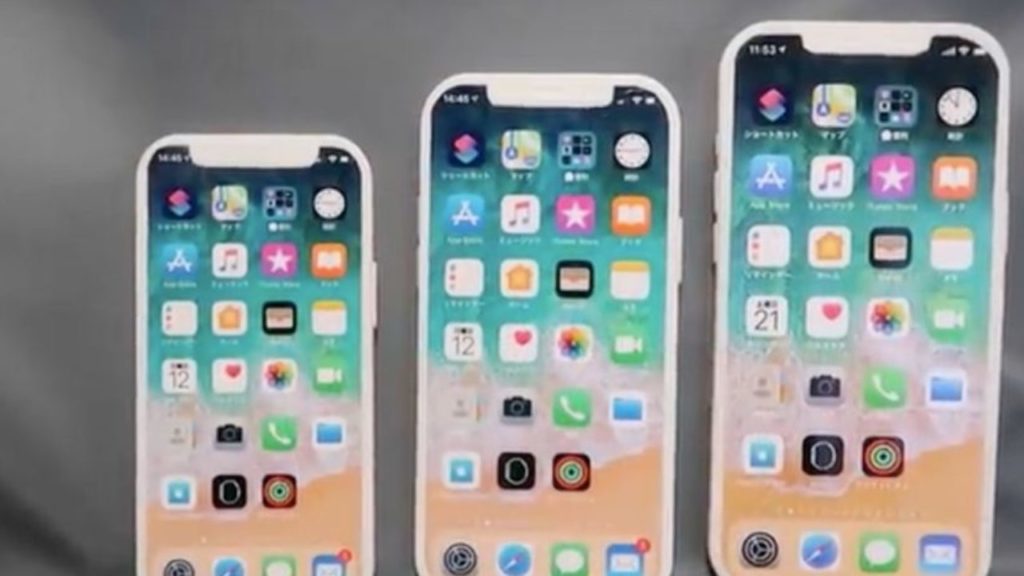5 Unique iPhone 12 Features Missing In Android Phones; But 1 Is Missing in iPhone 12

At the start of this month, the latest iPhone, iPhone 12 and iPhone 12 Pro was unveiled in the country and available in four models for the first time.
It seems that Apple is struggling to keep up with demand since shipping estimates are now slipping well into mid-November on most models.
It could be caused due to huge demand.
Or the widespread shutdowns caused by the pandemic have seriously impacted the Californian company’s ability to manufacture handsets and ship them around the world at its usual scale.
But one question that always comes to mind is how does the iPhone 12 series stand the ground against a group of rivals like Samsung, OnePlus, Sony and Google.
To get the answer to that question, let’s go through the five unique specialty features which are not present in any other android phone on earth.
Contents
Five Features Missing In Android Phones And Sported By The New iPhone 12
1. MagSafe
So far, Android smartphones have had wireless charging support for years.
In the case of Apple, they were incredibly slow to acquire the same.
But, now the US company is bringing in more interesting stuff with the application of MagSafe.
This basically gets its brand name from the trip-proof magnetic charging cables previously shipped with all MacBooks.
It lets the wireless charging puck snap to the back of your iPhone.
With this feature, the smartphone can’t buzz itself out of alignment with the charging coils after a few notifications.
This simply means that you can pick-up and use your iPhone while charging.
2. Ceramic Shield
This is a new toughened glass developed with Apple with smash-proof specialists Corning.
According to the Californian company, the dubbed Ceramic Shield by the Apple Marketing department is tougher than any other smartphone glass available currently.
3. A14 Bionic
When most of the Android smartphones are fuelled by the latest-and-greatest from US chipmaker Qualcomm, Apple here designs its own processors.
With the A14 Bionic, Apple is toppling its own MacBook Air models.
With this technology, all of the core components are squeezed together on a minuscule chip.
This further allows the data to travel less distance and using less energy.
This ultimately makes the smartphone faster and also boosts battery life too.
4. Dolby Vision
The iPhone 12 becomes the first device on earth which offers the ability to film and edit Dolby Vision HDR footage.
With this, videos can be shot in up to 60 frames-per-second comfortably.
Normally, most blockbusters are filmed at more than 24fps and edited within the Photos app or iMovie.
5. Smart Data Mode
Smartphone future is 5G and this next-generation mobile signal allows super-speedy downloads and lower latency.
But we can not deny that it drains battery life.
While most of the Android manufacturers have resolved this issue by increasing the battery size, which is working fine too.
But, Apple has taken a different approach by creating the “smallest and lightest” 5G smartphone on the planet which is – the diddy new iPhone 12 Mini, launching in November.
Basically, this dubbed Smart Data Mode, will toggle between 4G and 5G according to the bandwidth required.
One Feature Missing From iPhone 12
With all this good to have features, there is one feature, which is missing from the latest iPhone 12.
It’s related to High-Refresh Rate Display.
So far most of the Android smartphones currently offer a high-refresh-rate OLED display.
Till now, most smartphone displays were 60Hz, which means that they refreshed the image 60 times each second.
After doubling that to 120Hz, it makes system animations smoother.
Also removes the stuttering from scrolling, makes fast-paced video games feel more responsive and much more.
But, Apple is still sporting the refresh rate at 60Hz across the iPhone 12 series.
It seems that Apple users will have to manage without the brilliant 120Hz panels.

Comments are closed, but trackbacks and pingbacks are open.